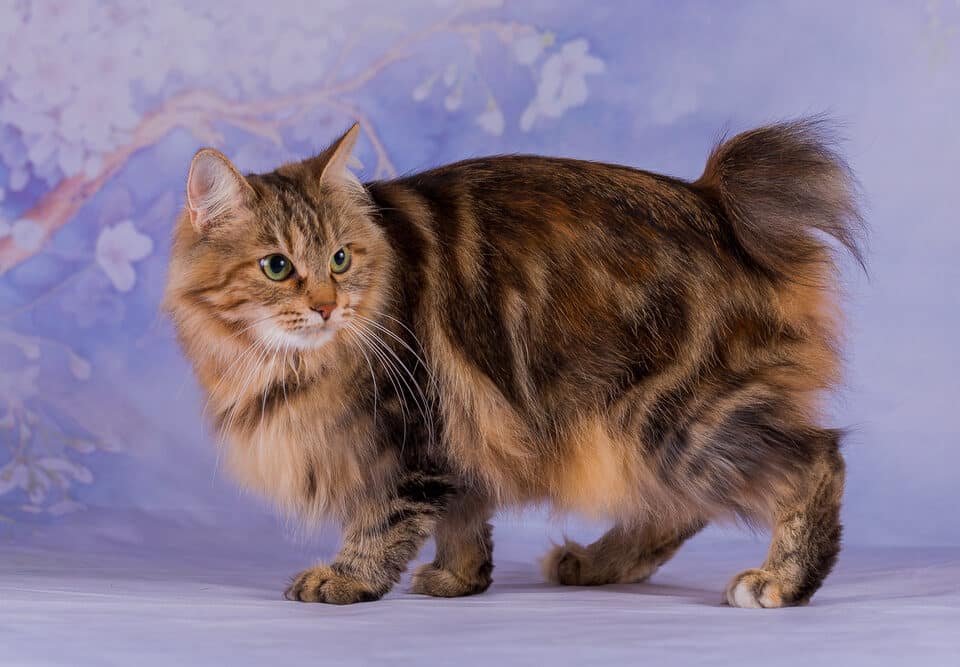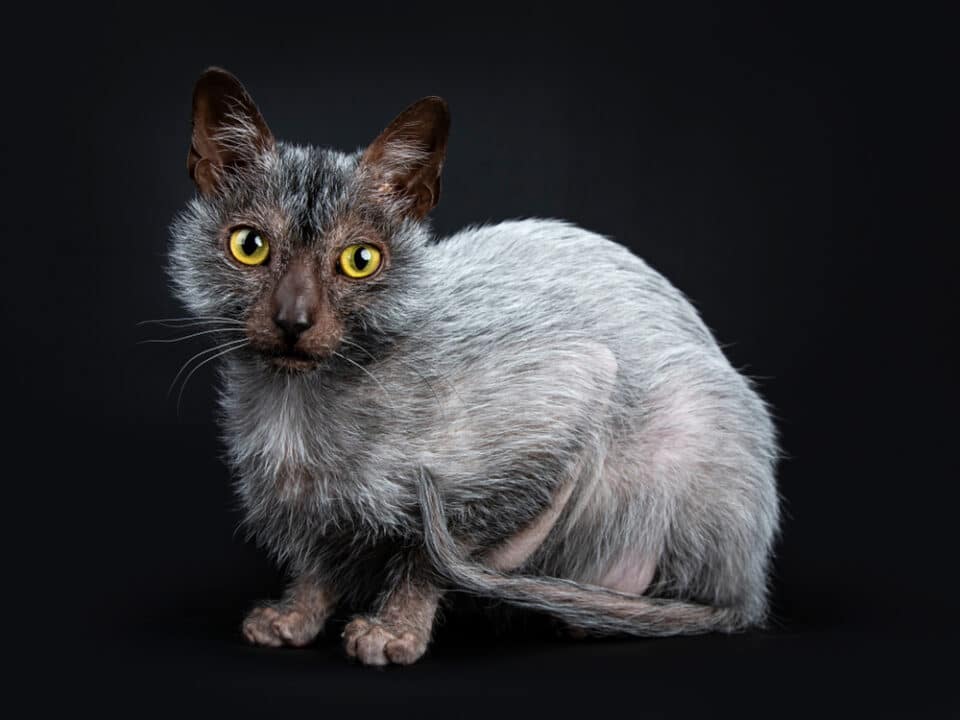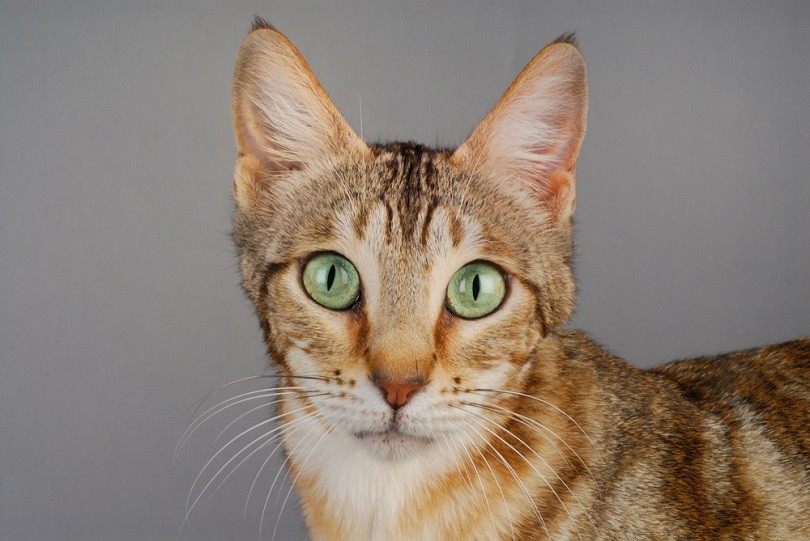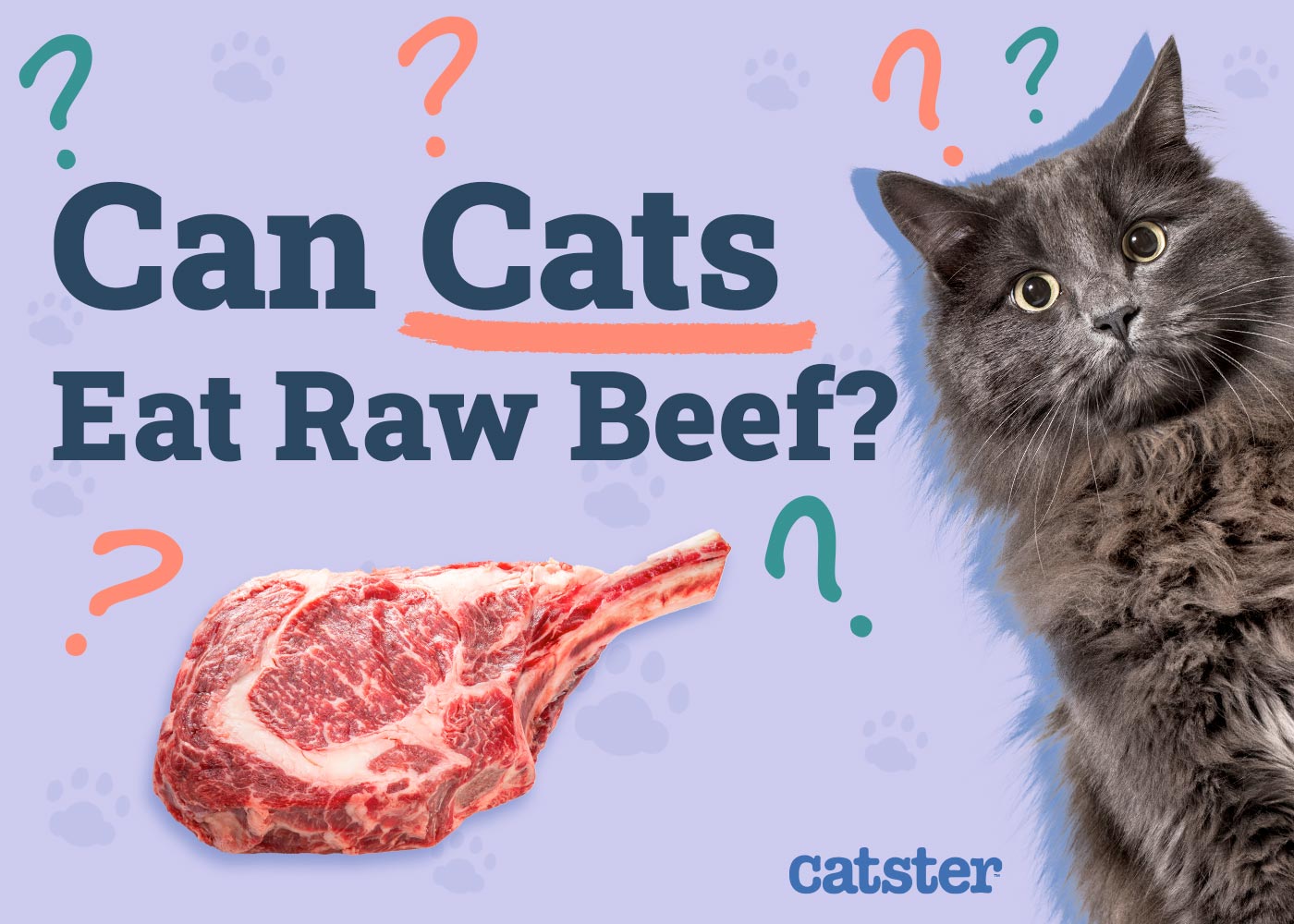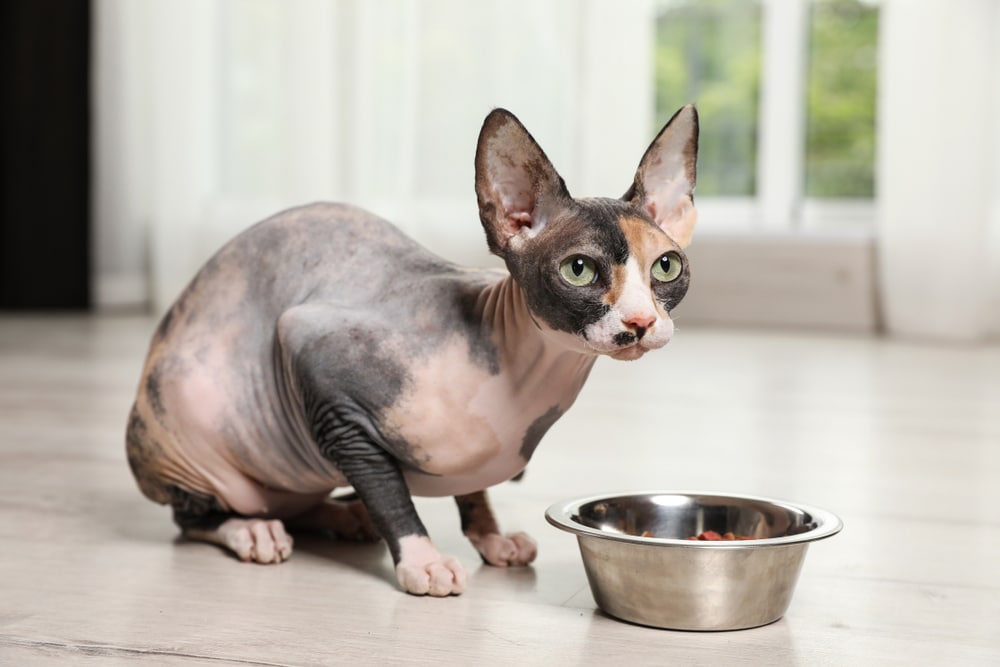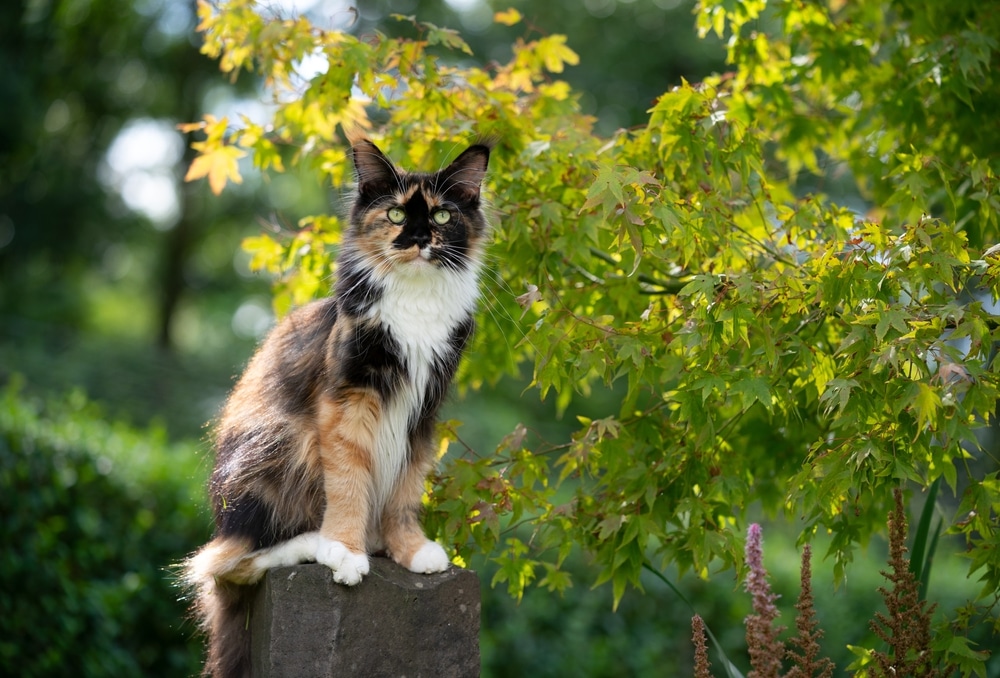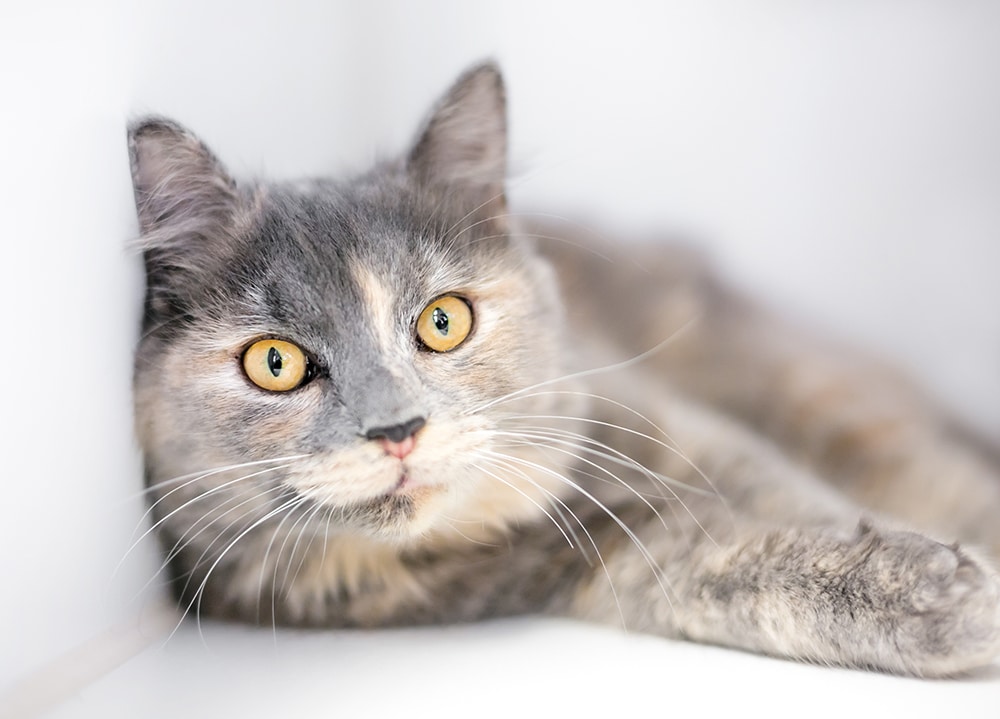Imagine a cat with a delightful quirk—the Japanese Bobtail Longhair. These felines are not only striking with their long, silky coats and unique bunny-like tails but also captivate with their outgoing and friendly nature. Many families find these cats irresistible companions due to their social disposition and intelligence.
This article dives into the world of Japanese Bobtail Longhairs, highlighting their traits, care needs, and fascinating history. From their energetic personalities to their dietary and grooming requirements, learn if this breed is the purrfect match for you.
Understanding the Japanese Bobtail’s Unique Traits
The Japanese Bobtail Longhair is distinguished by its distinctive stubby tail, inherited via a dominant gene mutation, present in all offspring. Their long, silky coats complement their energetic and friendly nature, making them delightful companions. They thrive on interaction and are great at adapting to different living environments, getting along well with both families and other pets.
Known for their intelligence, these cats enjoy exploring and often climb to high spots like bookcases, displaying curiosity and agility. Their energy levels demand ample playtime, which makes them suit homes that can provide stimulating activities.
Although they are incredibly sociable with their human families, they cherish moments of independence. Hence, a balance between interactive play and solitary activities is ideal.
History that Began Over a Thousand Years Ago
Legends suggest Japanese Bobtail Longhairs were gifted to an emperor in Japan over 1,000 years ago, though their exact origins remain unclear. They gained international attention in the 1960s when American breeders introduced them outside Japan.
The breed’s longhaired variant did not gain Championship status until 1993, despite the short-haired type achieving it earlier. This history contributes to their mystique and popularity today.
Personality and Temperament
The personality of Japanese Bobtail Longhairs is as captivating as their appearance. They are naturally extroverted and relish every opportunity to engage with their human companions.
These cats possess a vast array of vocalizations, from meows to chirps, expressing their emotions freely. They adore being a part of household activities, ensuring they are never left out of the family fun.
While they are remarkably friendly, these kitties also value their space, needing moments to recharge away from the hustle of family life.
Well-suited for families with kids, they handle rowdy environments with grace and are equally comfortable in calmer settings. They enjoy interactive play but can quietly unwind, proving adaptable to most family dynamics.
Living with Other Pets
These sociable cats aren’t just fond of humans but mingle well with fellow furry family members too. They adapt seamlessly with other cats and even dogs, thanks to their easygoing nature.
Introducing a new pet requires patience and proper introductions to avoid conflicts, but generally, Japanese Bobtail Longhairs adjust well.
Feeding and Nutrition Tips
Feeding a Japanese Bobtail Longhair is straightforward; they require a diet similar to other felines. Ensure their food is labeled complete and balanced, tailored to their life stage needs.
Kittens need growth-formulated diets, while adults thrive on maintenance formulas. As obligate carnivores, they should have real animal protein listed first in their food.
Though they’re not particularly finicky eaters, it’s crucial to keep their diet high in protein to support their active lifestyle.
Males are often larger and heavier than females, a typical trait among many cat breeds. In terms of personality, differences are less pronounced and usually anecdotal.
Neutering can influence behavior, reducing territory marking in males, making them more amiable.
Exercise and Play
Although Japanese Bobtail Longhairs don’t require as much exercise as dogs, they still need stimulation. They’re fans of playtime and exploration, making cat trees and window perches excellent for their enrichment.
Owners should encourage these cats’ love for adventure by providing toys and setting up spaces for climbing and observing.
Their long coats demand regular maintenance to remain healthy. Brushing several times a week helps prevent tangles, even though their silky fur doesn’t easily mat.
Investing in grooming tools like a metal comb is wise, and attention to nail clipping and dental hygiene supports their overall wellbeing.
Staying Healthy: Common Health Concerns
Generally healthy, Japanese Bobtail Longhairs can still experience common feline health issues like dental disease and obesity. Hypertrophic cardiomyopathy (HCM) is a concern due to its prevalence in many breeds.
Regular vet check-ups, a balanced diet, and exercise are vital to mitigate these risks.
Charming Facts about Japanese Bobtails
Considered symbols of good fortune in Japan, these cats are embodied in the iconic ‘maneki-neko’ statues. The statues are believed to usher in luck to their owners.
Unlike Manx cats, known for spinal issues due to tail mutations, Japanese Bobtails generally avoid such health problems. Their genetic mutation doesn’t result in linked health complications.
Remarkably, they have longer hind legs, contributing to their exceptional jumping ability and agility.
Adopting a Japanese Bobtail Longhair means bringing home a chatty, intelligent, and affectionate pet. These unique cats not only add charm and love to their families but also require mindful care and attention.
